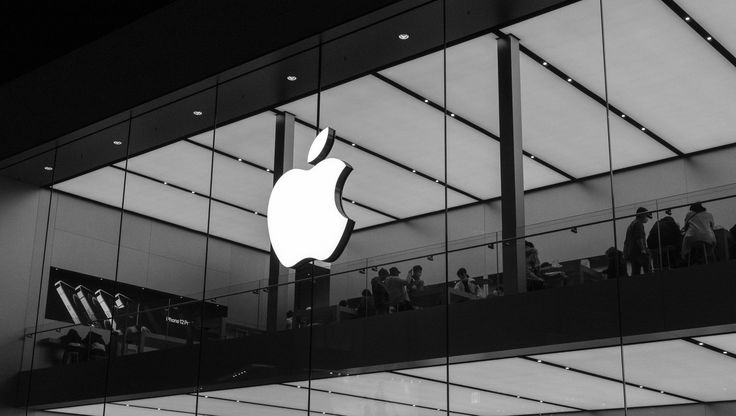Apple is once again making headlines in the business and tech world. Reports confirm that Apple is reducing reliance on China in manufacturing, marking one of the biggest strategic shifts in the company’s modern history. This decision is more than a supply chain move—it reflects a changing global economy, rising geopolitical tensions, and Apple’s desire to secure its future away from overdependence on a single country.
For decades, Apple has leaned heavily on China, not only for low-cost labor but also for its highly efficient ecosystem of suppliers and advanced manufacturing capabilities. Now, as the global environment changes, Apple is diversifying its operations to countries like India and Vietnam, aiming to reduce risk while maintaining innovation.
Why Apple Is Reducing Reliance on China
The strategy behind Apple reducing reliance on China can be traced to several overlapping challenges:
- Geopolitical Tensions: Relations between the United States and China have become strained due to trade wars, technology restrictions, and concerns about national security. Apple, as an American icon, faces mounting pressure to reduce exposure to potential political risks.
- Supply Chain Resilience: The COVID-19 pandemic revealed vulnerabilities in global supply chains. China’s strict lockdowns disrupted production at Apple’s partner Foxconn, leading to delays and shortages for devices like the iPhone 14.
- Rising Costs in China: As China’s labor force becomes more expensive and regulations tighten, Apple no longer enjoys the cost advantages it once did.
- Market Diversification: Expanding manufacturing hubs outside China also aligns with Apple’s push to grow its presence in emerging markets, particularly India, which offers both production capacity and consumer demand.
Apple’s Moves in India
India has emerged as one of the biggest beneficiaries of Apple reducing reliance on China.
- iPhone Production: Apple has ramped up iPhone assembly in India through partners like Foxconn, Wistron, and Pegatron. Analysts estimate that by 2025, India could account for 25% of global iPhone production.
- Government Support: India’s government has incentivized Apple with production-linked subsidies, while also welcoming the prestige of hosting one of the world’s largest tech brands.
- Local Market Growth: Beyond exports, Apple is opening flagship stores and deepening its consumer footprint in India, a fast-growing smartphone market.
This dual strategy—producing in India for both domestic and international markets—makes the country a central player in Apple’s long-term plans.
Vietnam’s Rising Role
While India is taking a lead in iPhones, Vietnam is playing an equally important role in Apple’s diversification strategy.
- Accessory Manufacturing: Vietnam has become a hub for AirPods, iPads, and Apple Watches, with Apple suppliers expanding their facilities in the region.
- Skilled Workforce: Vietnam offers a young, skilled workforce, as well as trade agreements that make exports attractive to global markets.
- Strategic Geography: Located in Southeast Asia, Vietnam provides geographic diversity while still being relatively close to Apple’s core supplier networks in Asia.
Together with India, Vietnam ensures that Apple is not overly dependent on any single location.
Impact on China
Despite Apple reducing reliance on China, the country will remain critical for the foreseeable future. China still hosts the world’s most advanced supply chain ecosystem, with unmatched efficiency in assembling complex devices at scale.
However, the shift signals a major warning: even the most China-reliant companies are hedging their bets. For China, this could mean losing high-value jobs, investments, and prestige as the world’s top manufacturing hub.
Some analysts argue that Apple’s move may encourage other tech firms to follow suit, accelerating a global trend toward supply chain diversification.
Implications for Global Supply Chains
The ripple effects of Apple reducing reliance on China extend across industries:
- Electronics Industry: Competitors like Samsung and Dell are also looking to diversify, and Apple’s shift may set the standard.
- Logistics and Trade: Shipping routes, warehousing, and supply chain management will adjust to handle new hubs in India and Vietnam.
- Investment Flows: Countries offering stability, skilled labor, and government incentives may attract billions in new investments.
This rebalancing of global supply chains could redefine how and where high-tech products are made over the next decade.
Challenges Apple Faces
Diversifying is not without its challenges. Apple will have to navigate:
- Quality Control: Maintaining Apple’s high standards outside China’s mature ecosystem requires massive investment in training and oversight.
- Infrastructure Limitations: While India and Vietnam are growing quickly, they still lack some of the logistical sophistication found in China.
- Costs of Transition: Building new supply chains is expensive. Apple must balance these costs while keeping products competitively priced.
Nonetheless, Apple sees these challenges as necessary investments for long-term security.
Investor and Market Reactions
Wall Street has largely supported the strategy of Apple reducing reliance on China. Diversification is viewed as a prudent move that lowers geopolitical risk. Investors believe that, in the long term, these shifts will stabilize Apple’s production and protect its market value.
At the same time, consumer demand continues to drive Apple’s success. As long as Apple can keep delivering high-quality products on schedule, the location of manufacturing may matter less to end users.
A Global Signal
Apple’s decision is part of a broader realignment. Multinational corporations from Tesla to Intel are rethinking their China exposure. The trend underscores a new era where resilience and risk management matter as much as cost efficiency.
By leading the way, Apple sends a powerful message: the future of manufacturing will be distributed, diversified, and less dependent on any single country.

Conclusion
The story of Apple reducing reliance on China in manufacturing reflects both the vulnerabilities of globalization and the resilience of innovation. By spreading its production footprint across India, Vietnam, and other nations, Apple is securing its supply chain while aligning with shifting geopolitical realities.
For consumers, the change may go largely unnoticed, but for governments, investors, and the tech industry, it represents a historic transformation. Apple’s shift away from China is not just a business decision—it’s a strategic move that could redefine the future of global manufacturing.
Source: Bloomberg


